Cooking Seasonally: What it Means and How to Do It
Eating seasonally means consuming what is being grown and produced during the season you’re eating in. This goes hand in hand with eating what your local farmers would have recently harvested. If, let’s say, you’re looking to make a fresh summer salad, go for local tomatoes rather than imported asparagus. Read on to find out the myriad of reasons for this as well as a few loose guidelines for each season.
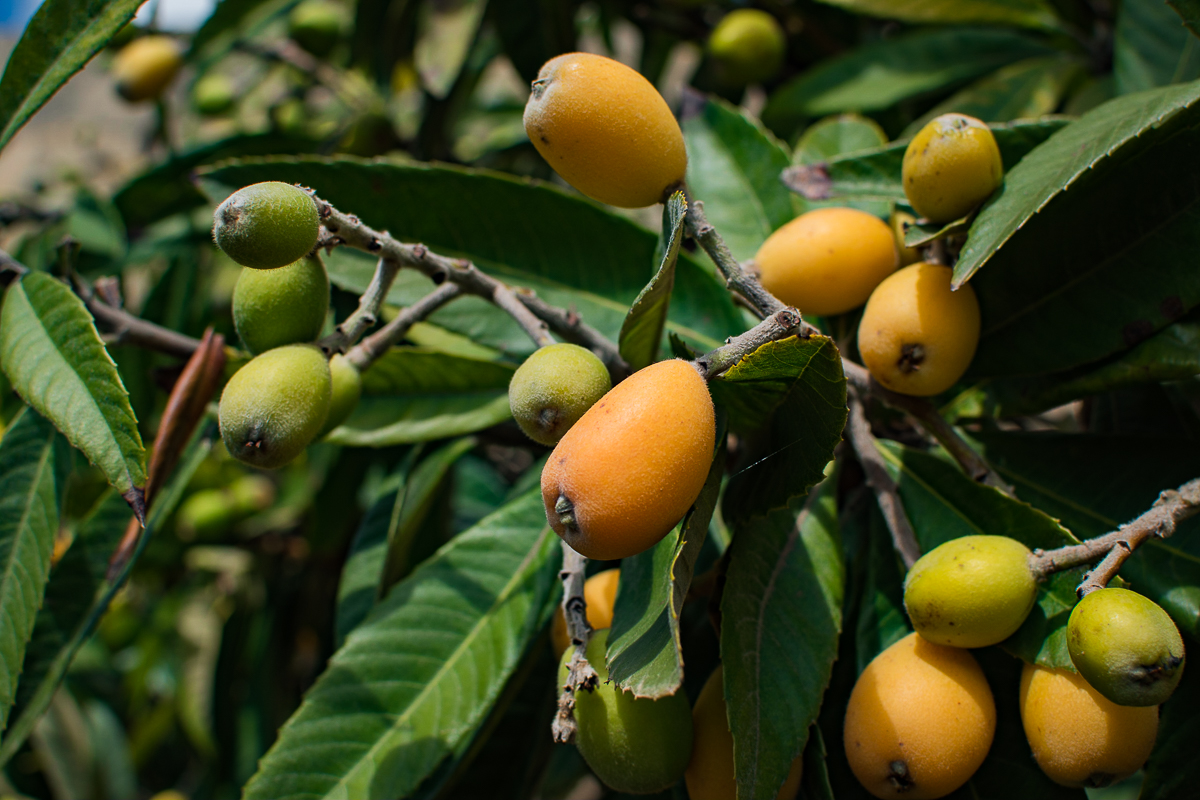
Eating locally also has the added benefit of reducing the time it takes for food to go from the farm to your kitchen. Reducing these food miles is not only great for the planet but also for the flavour and quality of your food. I am by no means a nutritionist, but even surface level research and common sense will tell you that many of the more delicate fruits and vegetables will lose some of their nutritional value the longer they have been ripped from the land.
As any chef worth his stripes would tell you, when produce is harvested at the peak of its season and cooked only a short time after that, the flavour and texture are going to be unparalleled. Obviously there are exceptions. Growing seasons can be manipulated through human intervention. Also, techniques like fermenting and ageing can concentrate flavours and manipulate textures. Exceptions aside, the caprese salad you adore in summer will taste lackluster in the middle of winter. In this case it may make sense to eat something more seasonally appropriate like a beetroot and blue cheese salad.
Foods imported from overseas will often be treated with chemicals to prevent spoiling or to manipulate ripening times. These factors, as well as the time and additional handling it takes for food to get to you are even more reasons why the quality of local ingredients is often superior. While large scale agriculture is capable of producing beautifully uniform fruits and vegetables, don’t confuse beauty and uniformity with quality. Imperfect looking vegetables can be delicious too.
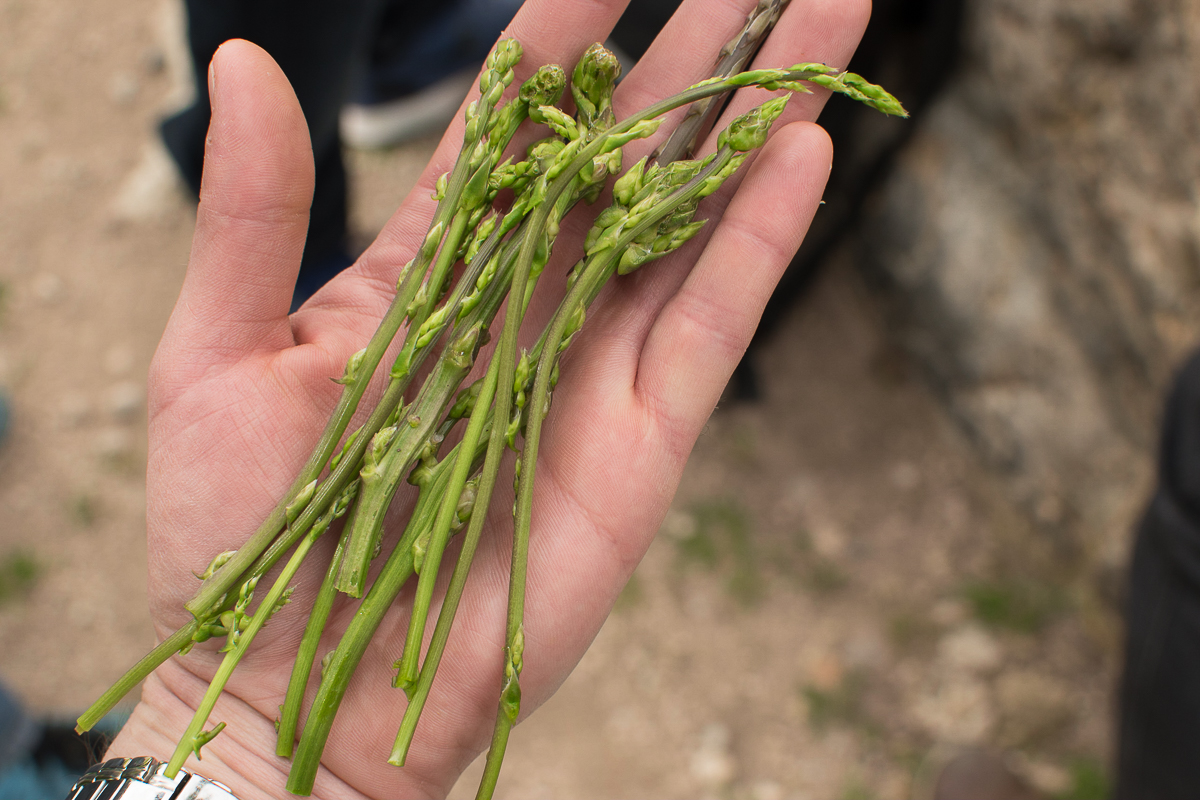
Aside from the benefit of supporting local industries, shopping for in-season ingredients is often going to be saving you money. Plenty of delicious, inexpensive ingredients presents the opportunity to practise some form of preservation. An abundance of inexpensive strawberries for sale at the farmers market this week? Sounds like a great time to make enough jam or several bags of frozen strawberries for your breakfast smoothie. Incredibly fresh cucumbers in summer? Perfect time to stock up on pickles. Beautifully ripe tomatoes? Can them whole or make enough tomato sauce to see you through a long, cold winter.
One of the downsides of eating seasonally is perhaps the lack of variety in some months. Winter, in particular, can drag on a little bit even if you are culinarily quite creative. Preservation can soften the lack of variety.
Cooking seasonally shouldn’t be a matter of restricting what you can cook, but rather something that pushes your creativity within the limitations of what you have available to you. This style of cooking can inspire you to preserve and provision for winter. A well-stocked pantry and some key preparations tucked away in your fridge and freezer should be all you need to make each season an exciting culinary journey.
While ingredient selection plays an important role in the seasonality of a dish, the way you treat those ingredients and how you season them are often reflective of the season. What do I mean by this? Summer cooking is often light, fresh and includes plenty of salads and things cooked on a grill. Contrastingly, Winter is for heartier, warmer meals. While these are by no means rules that have been set in stone they’re good to keep in mind when you’re thinking about what to cook.
This style of cooking and eating creates a beautiful cycle of anticipation for your favourite ingredients – There’s nothing quite like fresh peas and broad beans coming into season after a long winter; or the first peach enjoyed on a hot summers’ day.
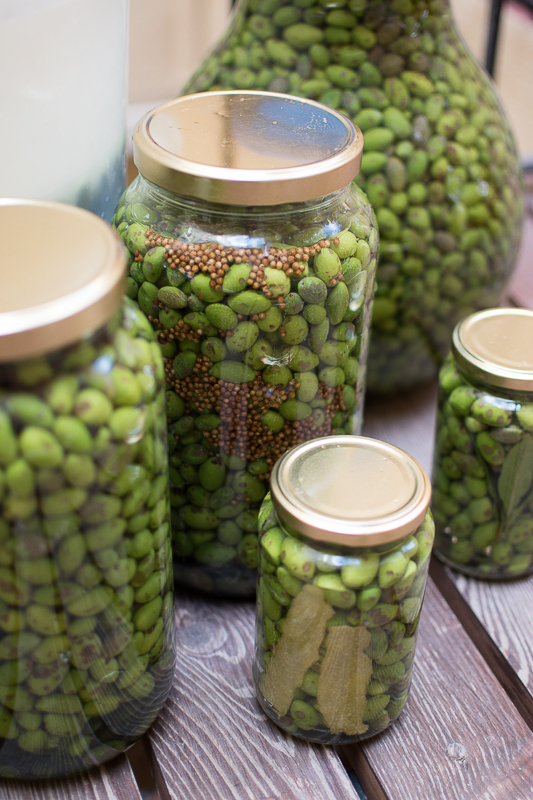
Local produce, global pantry
One of the most valuable learnings I picked up during my time cooking in San Francisco was the idea of using local fruits and vegetables; as well as meat and fish where possible but then the pantry is where you get the freedom of global ingredients.Just because you are cooking seasonally and using ingredients which truly shine because of where and when you procured them – is no reason that you shouldn’t be able to enjoy a wide variety of your favourite different cuisines. You can just as easily produce an excellent bowl of ramen, a delicious plate of pasta, the perfect souffle, texas style barbecue or a feast of your favourite mezze or tapas with locally sourced produce. Procure your fresh ingredients locally and season them with whatever your heart desires.
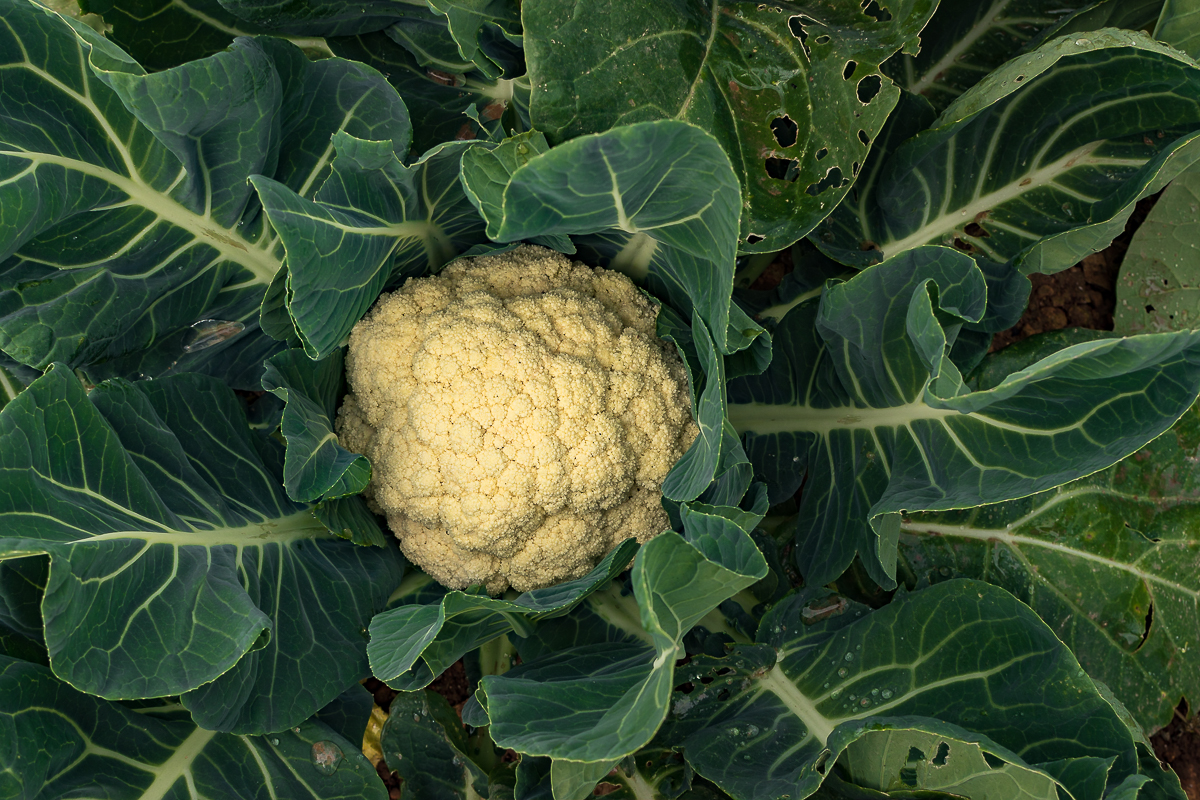
Seasonal Summary
Which fruits, vegetables and culinary techniques I look forward to each season
As the seasons progress, I will be preparing an in depth cooking and ingredient guide for each. I’ll write about my favourite ingredients as well as the unsung heroes. I’ll go over what I feel are the best techniques to get the most out of these ingredients while respecting the “theme of the season”; as well as a handful of helpful recipes and preparations to expand your knowledge and show off to your friends and family. For now here are some quick guidelines as well as some of the things you can look forward to cooking within each season. Ingredient availability will differ depending on your location and even year to year. This is what I come to expect from the seasons where I live in Malta.
Spring – is one of my favourite seasons as a particularly brisk winter will limit the amount of fresh ingredients you can work with. Spring breathes new life into what you’re capable of putting on the dinner table. Plenty of green ingredients here, lots of shoots and herbs and particularly culinarily consumed flowers will pop up at this time. Dishes during this season include plenty of salads, lighter soups, plenty of veggies and greens, often blanched to preserve their flavour and texture but equally delicious raw or quickly sauteed.
Asparagus, Artichokes, fava beans, peas, spring onions and green garlic, leafy greens, strawberries and loquats
Summer – The heat that summer brings with it also brings about a great deal of flavour. The usual suspects like tomatoes, bell peppers and aubergine come into play (hello, ratatouille) and a bounty of fruit becomes available again. Because of the hot weather, the temperature of dishes starts to cool down. Chilled soups and room temperature salads with grilled meat or fish are abundant. By sourcing quality ingredients in summer you can handle them in very simple ways and let their inherent flavour speak for themselves.
Tomatoes, bell peppers and chilis, corn, aubergine, zucchini and other summer squash, melons, cucumber, peaches and other stone fruit
Autumn – as summer cools down and we make way for autumn we start cooking heartier, warmer dishes. Warmer both in terms of temperature as well the sort of ingredients used like cinnamon or brown butter. We start to forget about our aspirations for the perfect summer body and turn towards more comforting foods. We begin introducing more soups, stews and braises, more filling meals like pies and roasts. Dishes become earthier and stronger as more root vegetables are used and fattier, more spiced food becomes more prevalent.
Apples, pears and quince, broccoli, cabbage, carrots, pumpkin, butternut squash, cauliflower, endiive, beetroot, mushroom, sweet potato
Winter – is often where people will struggle to buy local produce because the variety of options, depending on where you live, can be a lot more limited. Similarly to autumn, dishes in winter are designed to be warming, filling and satisfying. The holiday season also demands plenty more baking out of your oven as well as the heartier braises, stews and soups of autumn. If you are struggling to eat seasonally through winter my first suggestion would be to level up your pantry as this will give you plenty of options to add that wow factor to your food. Additionally, perhaps attempt to try cooking with ingredients outside of your comfort zone. Ever used kohlrabi, jerusalem artichokes or kumquat before?
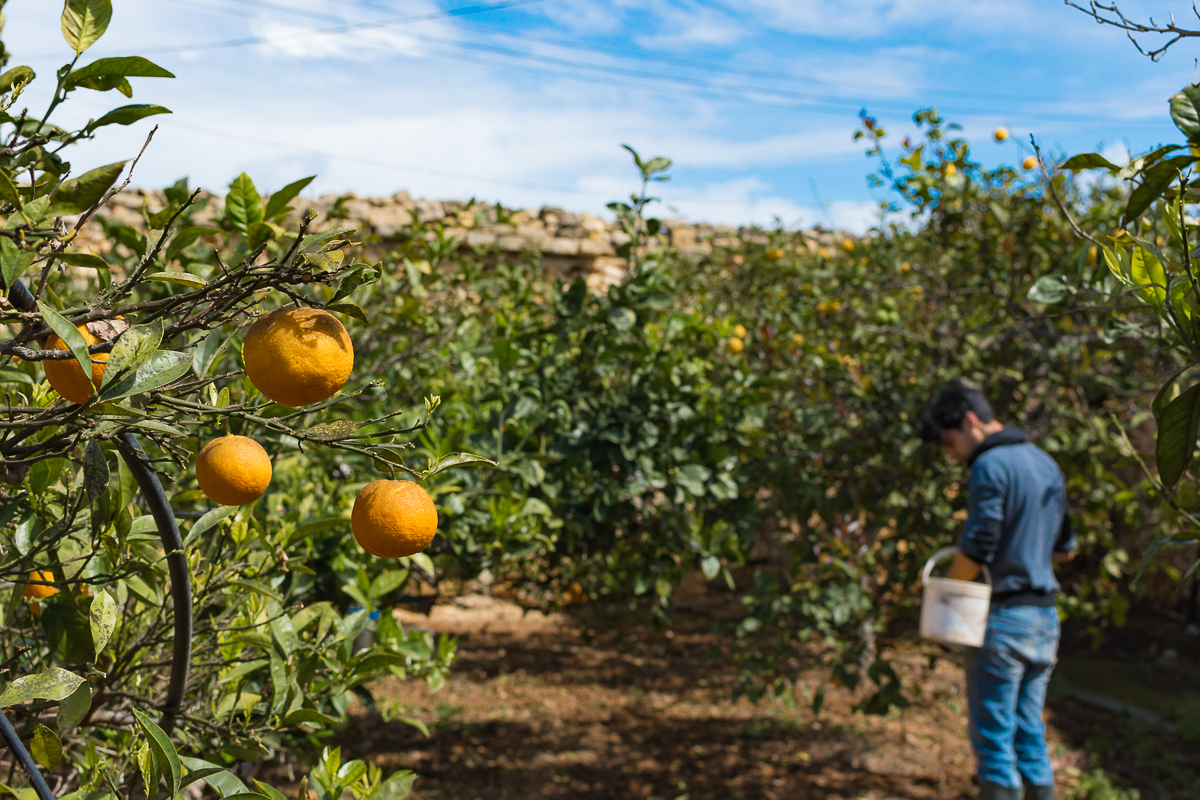
If you found the tips in this article useful and are hungry to discover more chef secrets you can download my free ebook, Pantry Essentials for Maximum Flavour by clicking here. Stock yourself with these flavour bombs and learn to season like a chef to turn even the most mundane of meals into exceptional ones!
Citrus like lemon, orange, blood orange, tangerine, kumquat and grapefruit, root vegetables like celery root, potato, swede, jerusalem artichokes and parsnips, kohlrabi, fennel, kale and chard


